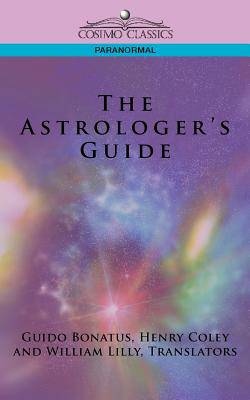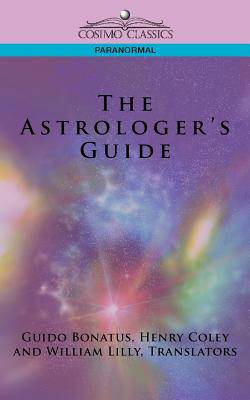
- Afhalen na 1 uur in een winkel met voorraad
- Gratis thuislevering in België vanaf € 30
- Ruim aanbod met 7 miljoen producten
- Afhalen na 1 uur in een winkel met voorraad
- Gratis thuislevering in België vanaf € 30
- Ruim aanbod met 7 miljoen producten
Zoeken
Omschrijving
[T]o judge of things to come, is no easy task, nor indeed can it always be exactly performed; but we may come near the truth, and differ from it only in some small time or circumstance; which difficulty should not at all discourage us from studying and endeavouring to obtain as great a knowledge therein, as Human minds are capable of... -from "Henry Coley's Address to the Reader" The provenance of this charming little book is as delightfully convoluted as the discipline it offers guidance in. In the 13th century, Italian mystic Guido Bonatus set down in writing his 146 "considerations," or guides for interpreting astrological signs. In 1675, British astrologers Henry Coley and William Lilly published a translated version of Bonatus, along with a selection of oracular advice from "Jerom Cardan of Milan" in the same volume. And then, in 1886, William C. Eldon Serjeant, fellow of the British Theosophical Society, republished that 1675 work and added his own notes and preface. The layers of history in this work-which is still used by astrologers today-makes it a particularly curious document of the medieval, Renaissance, and Victorian eras all at once.
Specificaties
Betrokkenen
- Vertaler(s):
- Uitgeverij:
Inhoud
- Aantal bladzijden:
- 128
- Taal:
- Engels
- Reeks:
Eigenschappen
- Productcode (EAN):
- 9781596053335
- Verschijningsdatum:
- 1/11/2005
- Uitvoering:
- Paperback
- Formaat:
- Trade paperback (VS)
- Afmetingen:
- 127 mm x 203 mm
- Gewicht:
- 145 g

Alleen bij Standaard Boekhandel
+ 51 punten op je klantenkaart van Standaard Boekhandel
Beoordelingen
We publiceren alleen reviews die voldoen aan de voorwaarden voor reviews. Bekijk onze voorwaarden voor reviews.







